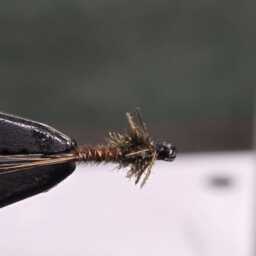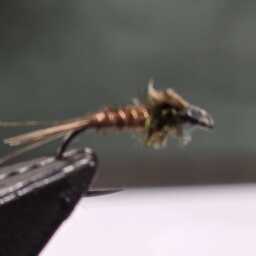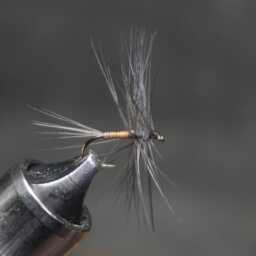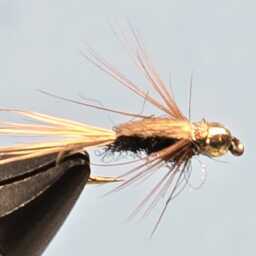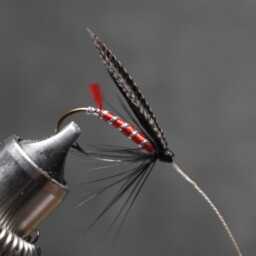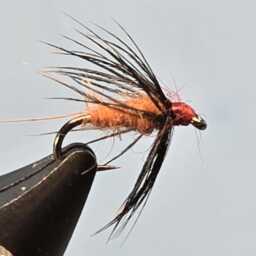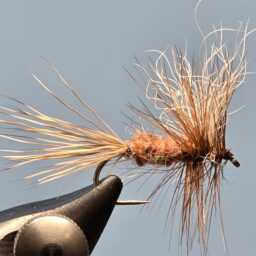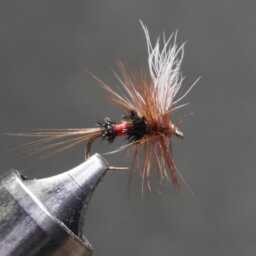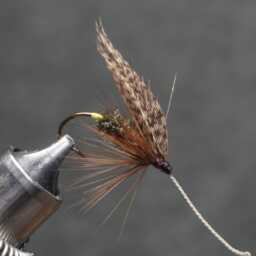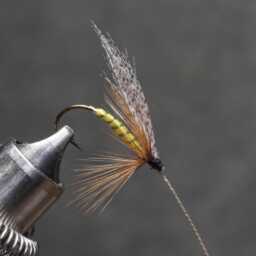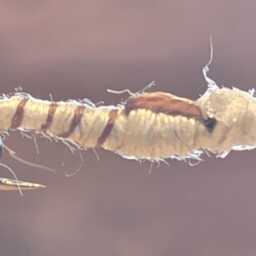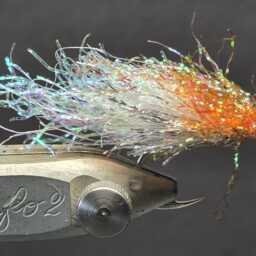Woodcock feathers are highly valued in fly tying for their versatility. They can be used to create soft hackle patterns, wet and nymph flies, and the purple and snipe pattern. In soft hackle patterns like the Woodcock Quill, these feathers are appreciated for their ability to stay hooked together better than partridge feathers. For wet and nymph flies, such as the Woodcock & Hare’s Lug pattern, the feathers provide a simple yet effective solution. Although the fiber may start to come apart during use, the fly’s shape remains intact. Woodcock feathers can also substitute for snipe feathers in the purple and snipe pattern, maintaining its effectiveness. If woodcock feathers are unavailable, brownish partridge feathers or speckled hen feathers can be used as alternatives.
Woodcocks, belonging to the genus Scolopax, are a group of seven or eight closely related species of sandpipers. The genus name, derived from Latin, originally referred to various waders. The term “woodcock” was first recorded in English around 1050, with a group of these birds known as a “fall,” according to the Harleian Miscellany.
Characterized by their stocky bodies, cryptic brown and blackish plumage, and long slender bills, woodcocks possess eyes located on the sides of their heads, granting them nearly 360-degree vision. Unusually, the tip of their bill’s upper mandible is flexible. These woodland birds feed primarily at night or during the evening, using their long bills to search for invertebrates in soft ground. Their inconspicuous plumage and nocturnal habits make them challenging to spot during the day. Most woodcocks engage in distinctive displays called “roding,” typically performed at dawn or dusk.
The Eurasian woodcock breeds across a vast range from the west of Ireland, through Europe and Asia, into northern Japan, and as far south as the Pyrenees and northern Spain. Breeding sites also include Corsica, the Azores, Madeira, and the Canary Islands, with populations extending into Kashmir and the Himalayas.
The American Woodcock, known for its superb camouflage against leaf litter, walks slowly across the forest floor, probing the soil with its long bill in search of earthworms. This plump shorebird inhabits young forests and shrubby old fields across eastern North America. Its cryptic plumage and low-profile behavior make it elusive, except during spring dawns and dusks when males perform loud nasal calls and spectacular aerial displays to attract females.
« Back to Glossary Index
